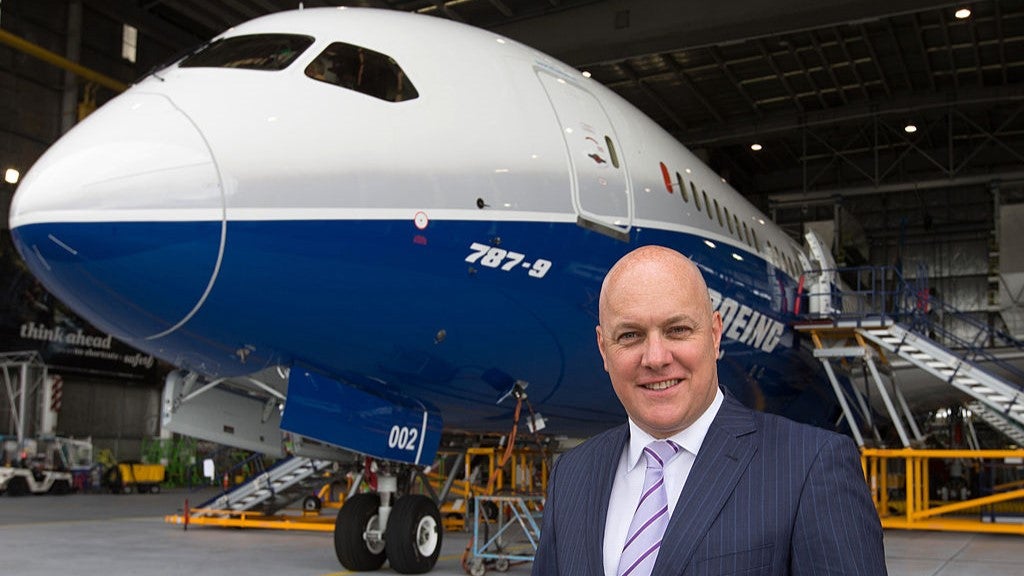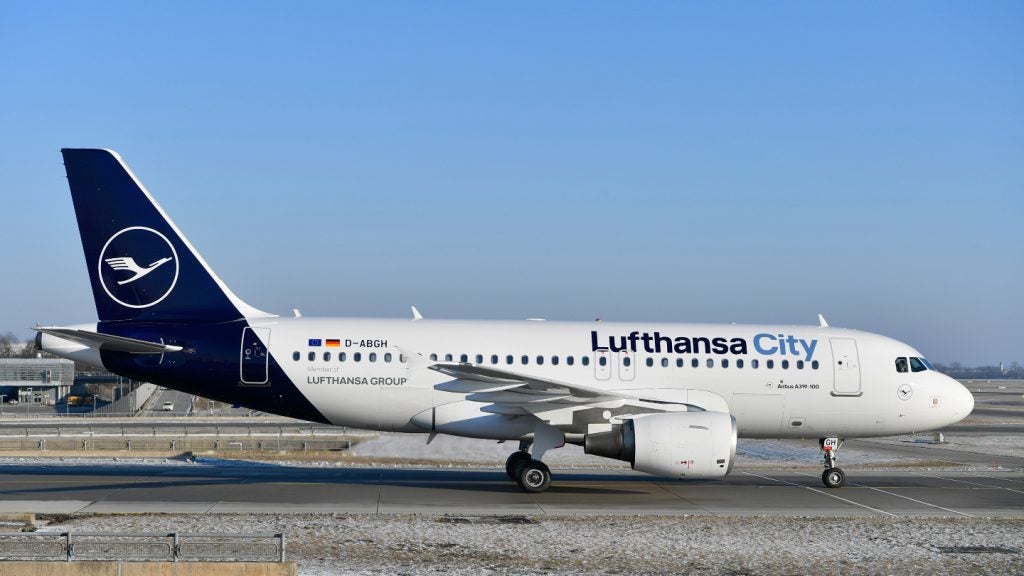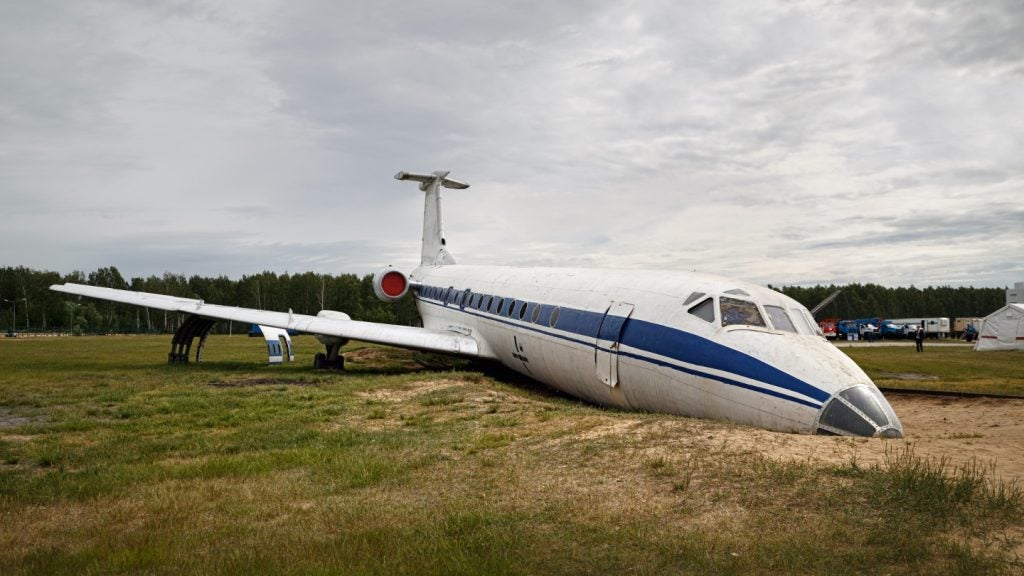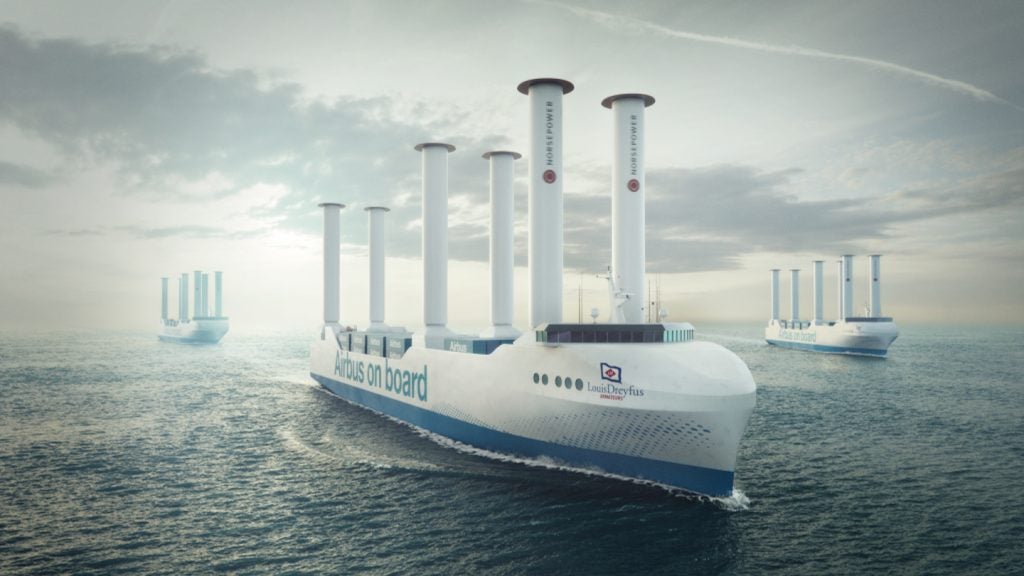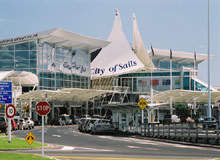
Penny Jones: You took over the position of CEO of Auckland Airport in New Zealand in August 2008. Previously, you worked for Telecom New Zealand as the COO and before that was the CE of Powerco. What qualities and skills do you feel, based on previous experience, make you the best person to hold the position of CEO at Auckland’s growing airport?
Simon Moutter: I’m attracted to industries that deliver real benefits to people and New Zealand. Auckland Airport fits the bill – it is vital to New Zealand, and provides a tangible service to the community and economy.
All my previous roles have been with infrastructure companies, some in highly competitive markets. I focus on driving performance and getting healthy results for customers, shareholders and employees. If you deliver for customers, all other stakeholders will benefit. Having worked in a wide range of infrastructure businesses, I have the benefit of a lot of experience to draw upon when I’m figuring out how to get the best from the assets.
PJ: You have a reputation for successfully effecting and managing change at a senior level. Since starting your tenure we have seen a number of key management positions announced at Auckland Airport. What has your management strategy been to date and how are we likely to see this change in future? What benefits do you think these key appointments will bring the airport’s operations?
SM: The focus in recent years at Auckland Airport has been very much on building infrastructure and capacity. Moving forward the leadership emphasis will be on ensuring we make the most of our recent infrastructure investment and enhance the quality and range of services provided to our airline customers and travellers.
See Also:
Organisationally this has involved a shift in focus away from engineering toward a focus on customer and passenger experience, which has meant realigning leadership team resources. This realignment has seen the introduction of several new roles and people to bring new capability into the company.
How well do you really know your competitors?
Access the most comprehensive Company Profiles on the market, powered by GlobalData. Save hours of research. Gain competitive edge.

Thank you!
Your download email will arrive shortly
Not ready to buy yet? Download a free sample
We are confident about the unique quality of our Company Profiles. However, we want you to make the most beneficial decision for your business, so we offer a free sample that you can download by submitting the below form
By GlobalDataWe’re just now beginning the work of creating an energetic culture throughout the company to help all our people play a part in bringing this strategy to life.
PJ: Auckland Airport became the fifth airport in the world to be publicly listed in 1998. What challenges does this pose for airport management, does it affect how key decisions in areas of infrastructure and technology are made, and will it benefit the airport in the future?
SM: The biggest challenge when Auckland Airport became publicly listed was the addition of another stakeholder group – our public shareholders.
Auckland Airport strives to provide our 13 million annual travellers with a uniquely ‘Kiwi’ welcoming and outstanding experience. This vision helps with all our key decisions and by delivering on this we are providing value for all our stakeholders.
The listed company structure helps with strong governance frameworks and robust commercial decision making. We love doing business this way.
PJ: Auckland Airport’s master plan includes growth to manage up to 25 million passengers a year by 2025 – in your view, what does the airport need to do to achieve this growth?
SM: To support New Zealand trade and tourism, we must continually balance meeting the demands of today with preparing for the requirements of tomorrow, while at the same time creating long-term value for our shareholders. Auckland Airport is committed to playing an important role in growing tourism in New Zealand, alongside the tourism industry, airlines, border agencies and our other partners.
We are also increasing our investment in business development resourcing to actively market New Zealand and Auckland Airport to a wide range of airlines. Healthy competition across a range of airline service and route offerings is pivotal to driving passenger volumes.
PJ: What do you think will be the key issues that airports operating in the next decade will have to face, and how do you think these can be overcome?
SM: Overcoming the current economic volatility is going to be a challenge for airports. We are fortunate that New Zealand is better placed to weather global economic storms now than in previous downturns. That said we do expect a return to growth in air travel to be some time away. It is important to keep the perspective that, despite the severity of the current crisis, economic downturns are not new, and are cyclic, so we have little doubt that there will be a recovery in due course.
Environmental issues are affecting airports worldwide. Everything from fuel prices and emissions trading schemes, to carbon offsetting and broader sustainability concerns. At Auckland Airport we are addressing these concerns through our sustainability plan, which has become an integral part of our business. For example over 600 airport workers are now part of our extensive carpooling plan, and our newest extension to the international terminal was built to the latest LEED (leadership in energy and environmental design) specifications.
PJ: Does Auckland Airport have any large plans under development?
SM: The focus in recent years has been very much on building infrastructure and capacity, so we are now well placed to meet future predicted passenger numbers. Our prime focus, now this infrastructure is in place, is on providing a unique and comprehensive passenger experience.
Our most significant in-flight project is the construction of a second runway. Work on the northern runway began in 2007 and will provide increased capacity when the first stage opens in late 2010 / early 2011.
PJ: Has the credit crunch had an effect on these plans?
SM: The credit crunch has had an impact in a few ways. The increased cost and difficulty of accessing capital means that all businesses, including Auckland Airport, must use their capital more efficiently and effectively.
We have also seen a flattening of international passenger growth that, I think, can be partially attributed to the credit crunch and its subsequent flow-on effect to global economies. Because of this, business pressures on the aviation sector have increased and there has been a greater focus on cost and margins.
While we are not immune to those pressures, long-term businesses like Auckland Airport, which have strong balance sheets and have already invested prudently into future proofing in terms of infrastructure and capacity, are in a good position to take advantage of growth opportunities that may arise during difficult times.
PJ: What are some of the key regulatory challenges for airports like Auckland in coming years?
SM: There have been recent changes to the Commerce Act (as a consequence of last year’s Commerce Amendment Bill) that subjects New Zealand’s three biggest airports to a disclosure regime to be defined by the Commerce Commission before 2010. The Commerce Commission is consulting on how it will apply the new regime and Auckland Airport is working through the issues to understand the implications for the company.
PJ: Auckland has been named the sixth best airport in the world. If you had to highlight five reasons why, what would these be?
SM: Being voted sixth-favourite airport in the world by the UK readers of Condé Nast magazine was great recognition that we are on the right track. Reasons for this rating are:
- Auckland Airport is working hard to represent New Zealand on a global stage
- Our people are uniquely Kiwi, outstanding and welcoming in all that we do
- We strive to provide a comprehensive traveller experience which is consistently quick and pleasant
- We provide an efficient gateway to New Zealand – 70% of all international travellers arrive through Auckland Airport
- The outstanding contribution of many other organisations that play a role in running the airport – airlines, ground handlers, border agencies, shops, restaurants and cafes
PJ: You have a lot of birds migrating past Auckland Airport posing a similar risk to those that affected the recent Hudson landing flight. How do you overcome such issues?
SM: We have a highly-skilled team that implement a wildlife management programme, based on a good understanding of the natural environment and bird habits. At-risk areas are made unattractive to birds through the use of methods including vegetation and food source control, providing suitable alternative bird environments in low-risk areas, scare tactics and close monitoring of behaviour.
PJ: To end on a light note, if you could land in any airport in the world, other than your own, which one would you choose and why?
SM: Obviously Auckland is my first choice but if I had to choose another airport it would be Melbourne. You see, I love horse racing and I’ve never been to the Melbourne Cup. I’m hoping the Emirates team, who sponsor the Cup, might see this and invite me to their tent!



